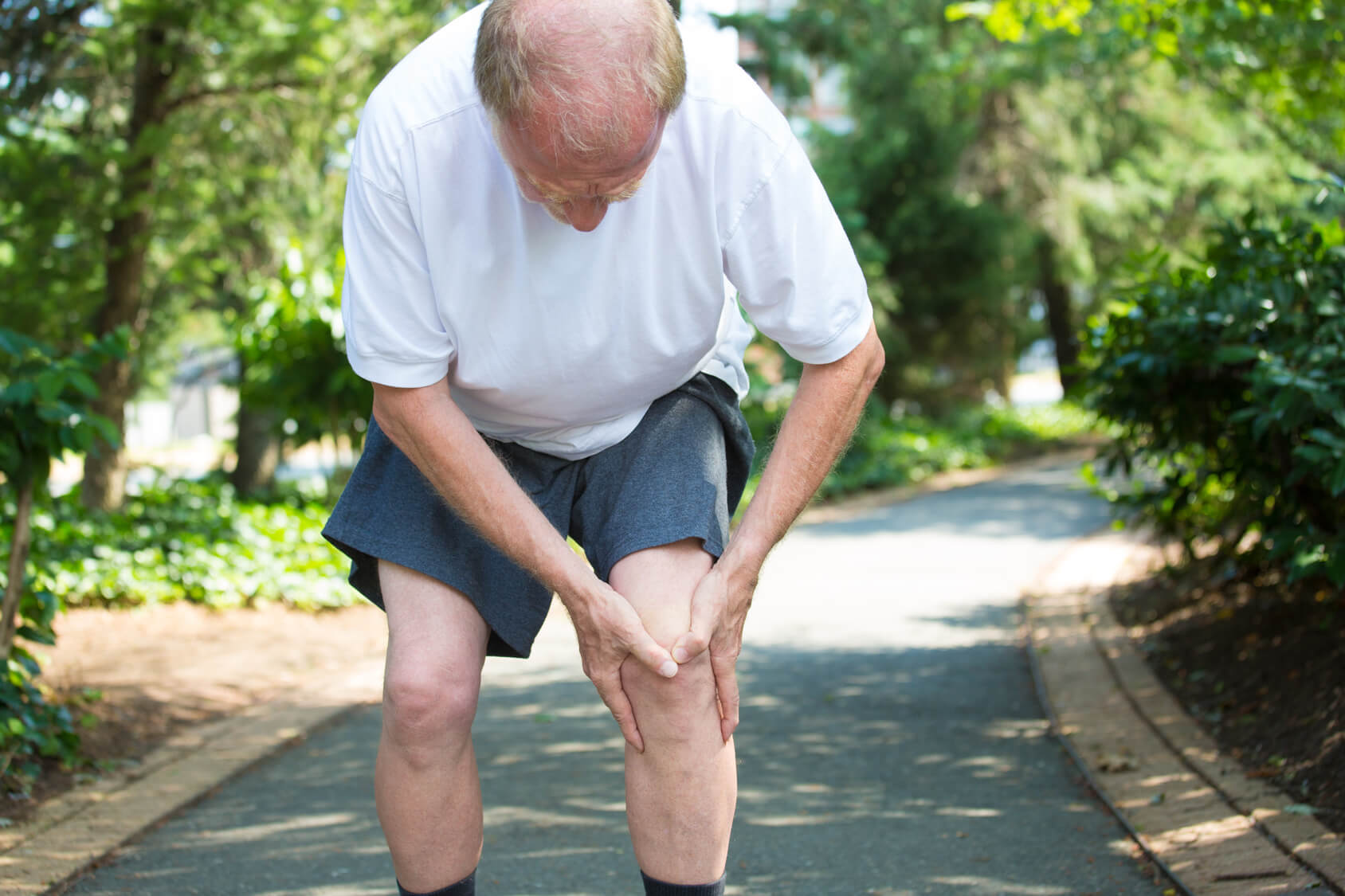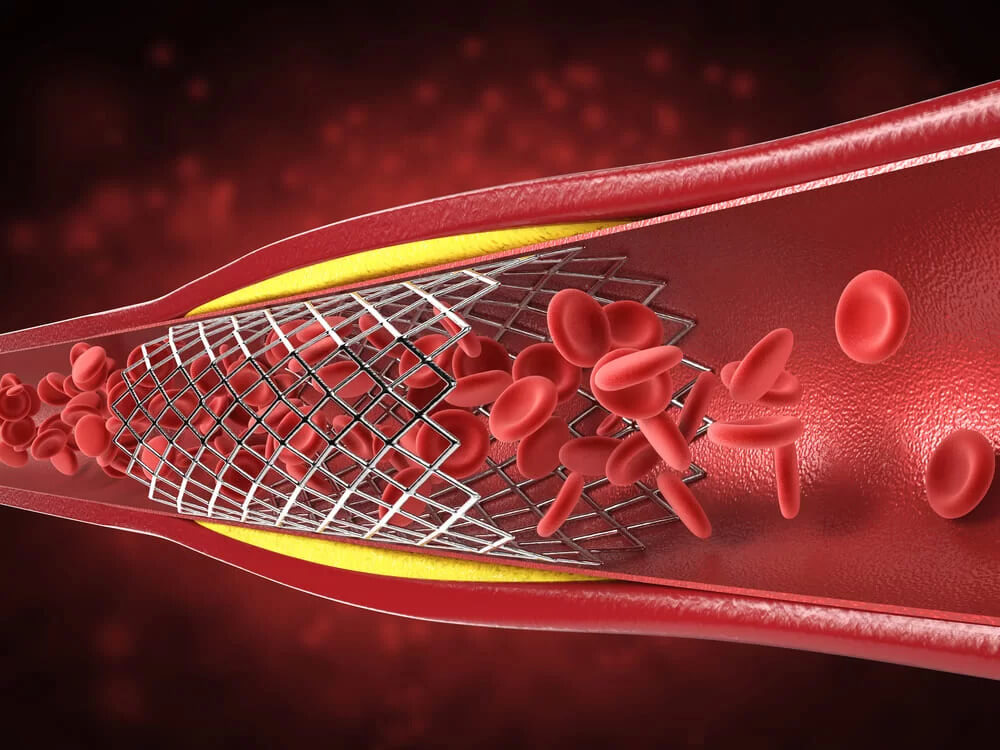Calls for Ukraine
Calls for Europe
Calls for USA

Peripheral artery disease affects hundreds of millions of people worldwide. Its most severe manifestation is chronic ischemia of the lower extremities, which is accompanied by severe pain in the legs and, in the absence of qualified medical care, can lead to necrosis, amputation, and even death of the patient. Today, there is an active search for treatments for this condition, and stem cell therapy is one of the most promising areas in this field.в
Ischemia is a reduction in blood flow that leads to permanent tissue damage. Lower extremity ischemia occurs due to severe obstruction (narrowing) of the blood vessels, due to which the tissues of the legs experience an acute shortage of oxygen and nutrients. The disease is accompanied by intense pain when walking and at rest, numbness, a feeling of heaviness. Critical ischemia of the lower extremities threatens with the development of necrosis and amputation.
The disease is diagnosed on the basis of three diagnostic tests: the study of history, physical examination and determination of the ankle-brachial index. This is an indicator that is used to assess the degree of narrowing of the arteries that feed the legs. To determine the ankle-brachial index (ABI), the doctor measures the pressure on the arm and ankle. The ratio of these indicators is the ABI test. If it is greater than 1, this may indicate the presence of ischemia.
Patients need to avoid some activities that can worsen the condition and contribute to the development of complications. In most cases, doctors recommend:
Compliance with the recommendations of the doctor helps to slow down the progression of the disease and avoid the development of complications.
Possible causes of the development of the disease are:
Ischemia can also be caused by other diseases that affect blood circulation and the functioning of the cardiovascular system.

The most common symptoms of the disease are:
Any of the above symptoms are a reason to see a doctor. Early detection and timely treatment of lower limb ischemia helps prevent dangerous health consequences.
The basis of diagnosis is the study of history, physical examination and determination of the ankle-brachial index. Also, the doctor may recommend additional methods of research, such as CT, MRI, angiography or ultrasound. They help assess the rate of blood flow in the legs and determine the degree of narrowing in blocked arteries.
Drug therapy may be prescribed to prevent progression of the disease and reduce risk factors such as hypertension and high cholesterol. Medicines for lower limb ischemia also help reduce pain, prevent blood clots, or manage an associated infection.
The standard of care today is surgery for revascularization (restoration of blood circulation) of the legs. Angioplasty is most commonly used for this purpose. This is a minimally invasive procedure in which a balloon is inserted into the affected artery using a catheter. When the catheter reaches the site of occlusion (narrowing), the balloon is inflated and expands the lumen of the vessel. To prevent the walls of the artery from narrowing again, a stent is installed that keeps them in the correct position.

In some cases, open surgery is required. It involves the removal of the affected part of the artery or the creation of a bypass using a section of the vessel taken from the patient himself or a synthetic graft.
Both endovascular therapy and open vascular surgery play a key role in the treatment of lower limb ischemia. However, some patients are not candidates for surgical treatment for various reasons. This is associated with a higher amputation rate (approximately 20–25% within one year of diagnosis) as well as a reduced quality of life for patients.
MSCs are present in almost all tissues and organs. Therefore, they are easily obtained from bone marrow, adipose tissue or peripheral blood. Cells are taken from the patient himself, after which they are propagated in the laboratory and injected back into the patient. There are several ways to administer stem cells, but for ischemia of the lower extremities, intramuscular injections (into the gastrocnemius muscle) or MSCs are injected into the vessels on the legs. Systemic intravenous or intra-arterial administration is used less frequently.
What is the mechanism of action of stem cells in lower limb ischemia?

MSCs have the ability to differentiate into a variety of cells, including bone, cartilage, tendons, fat, bone marrow stroma, and muscle. After entering the body, MSCs migrate to ischemic sites in response to chemotactic signals. As soon as the cells reach the affected area, they begin to take root and differentiate, actively participating in tissue regeneration. There is scientific evidence that MSCs can convert directly into blood vessel components such as endothelial cells.
In addition, stem cells have powerful paracrine activity. In simple terms, they secrete special substances (growth factors, enzymes, cytokines, microRNAs, exosomes) that contribute to the process of repairing damaged blood vessels and surrounding tissues. MSCs also help reduce inflammation and slow the progression of the disease.
What are the results of cell therapy in lower limb ischemia?
The introduction of stem cells contributes to:
The MedTour company closely follows innovations in the field of medicine and strives to make advanced technologies more accessible to patients. Currently, we offer a unique opportunity to treat lower limb ischemia with stem cells in the best clinics in the world. For a free consultation, call or use the feedback form.
The rate of progression of lower limb ischemia varies. It depends on many factors, such as the degree of narrowing of the arteries, the presence of concomitant diseases, age, etc. Therefore, it is rather difficult to predict the life expectancy of patients with this disease.
However, if leg ischemia is not diagnosed and treated promptly, it can lead to serious complications such as gangrene, limb amputation, and even death. Therefore, if there are signs of illness, it is very important to seek medical help.
MedTour cooperates with the world’s leading clinics that treat ischemia of the lower extremities. Currently, in addition to standard therapies, we also offer a unique opportunity for innovative stem cell treatment of the disease. Call or use the feedback form to get a free consultation from a MedTour coordinating doctor.
MedTour cooperates with the most famous and sought-after specialists in the field of cell therapy. We will definitely find the most suitable doctor for you. You can get an online consultation on the treatment of ischemia of the lower extremities with stem cells from Ivan Badin, a doctor of the highest category, a rehabilitation therapist, a physiotherapist, a candidate of medical sciences, who has extensive experience in the field of regenerative medicine.
What happens if lower limb ischemia is not treated?
Without appropriate treatment, the disease progresses. Due to insufficient supply of tissues with oxygen and nutrients, ulcers appear on the legs. Then tissue necrosis occurs and gangrene develops. The process can end with amputation of the limb and even death of the patient. Recently, new stem cell treatments for lower limb ischemia have emerged. The therapy is completely safe and virtually painless. To find out more, get a free consultation with a medical coordinator of MedTour.
What drugs are used to treat ischemia?
Unfortunately, today there are no drugs that could completely cure ischemia of the lower extremities. Drug therapy can only relieve symptoms and slow the progression of the disease. However, there are innovative approaches that affect the root cause of the disease. Learn more about cell therapy from the medical coordinator of MedTour.
How to diagnose lower limb ischemia?
The diagnosis is made by a phlebologist based on a comprehensive examination. If you are looking for a clinic for diagnosis and treatment, the MedTour coordinating doctor will help you choose the best medical center and a suitable specialist for the diagnosis and treatment of lower limb ischemia for free.
Please rate the work of MedTour
